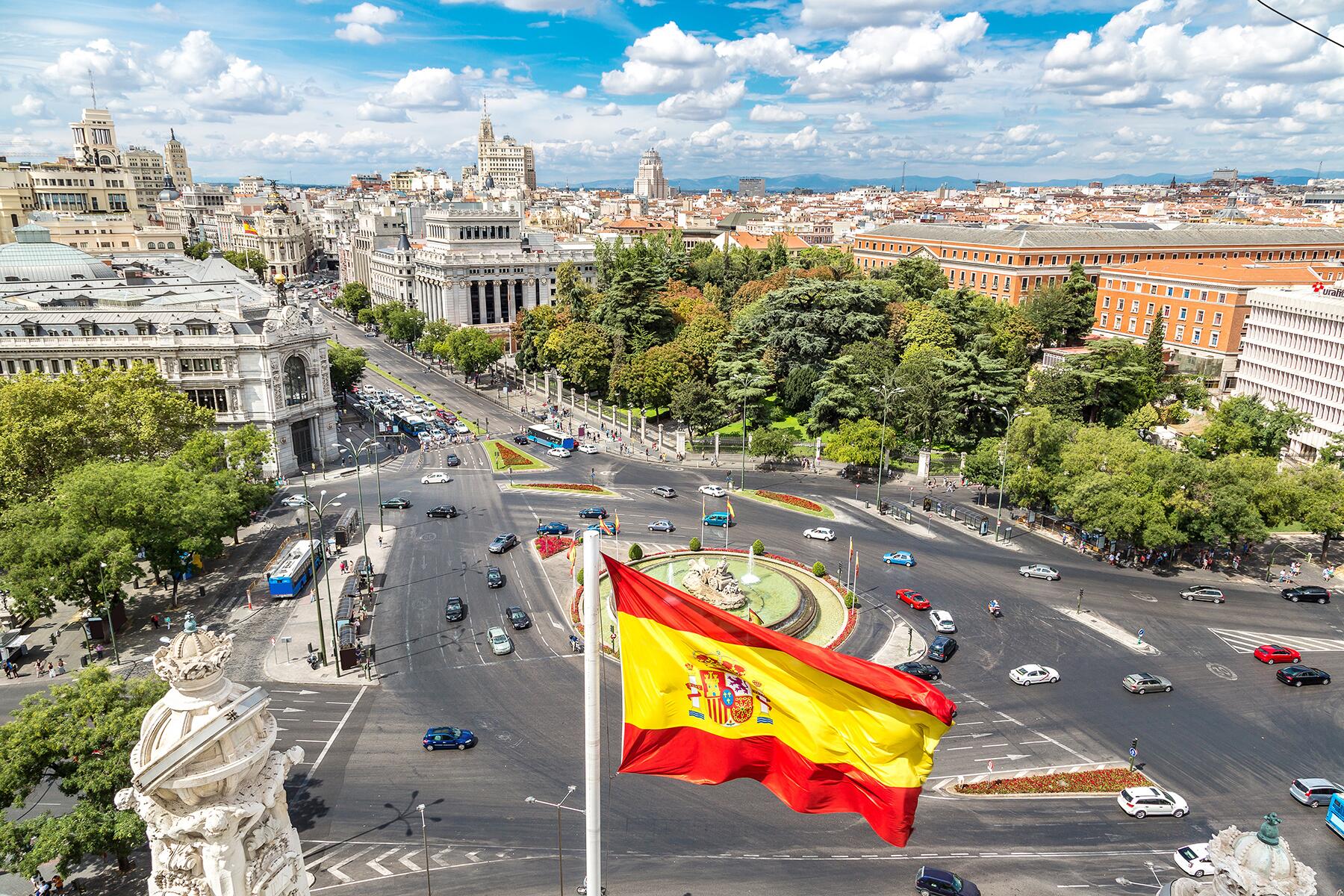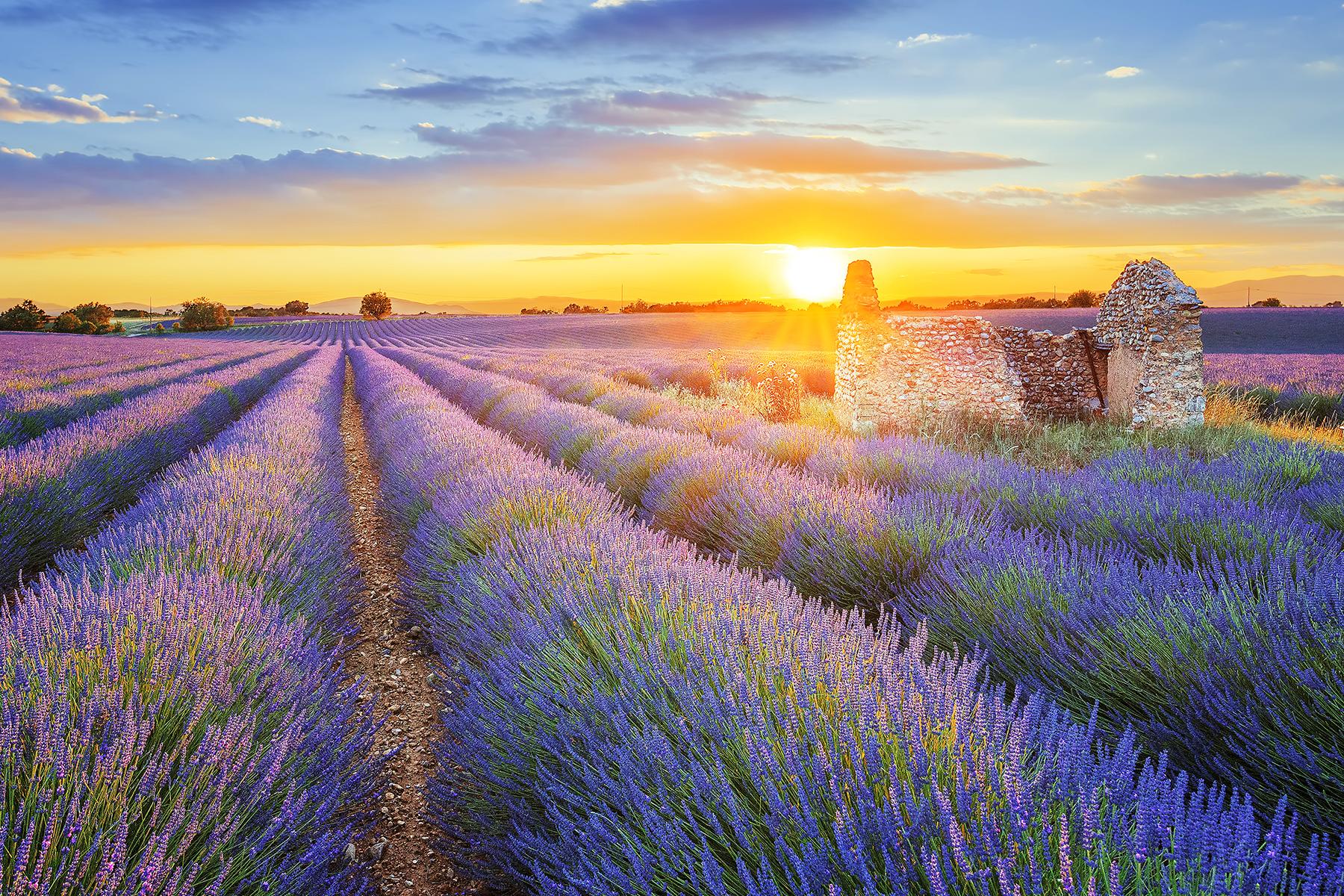The secret is out on Provence, and the area has always been a well-known spot for celebrity vacationers, but there’s still plenty that’s slightly off the beaten track.
Provence is a region full of sensory romance, rewarding travelers with its breathtaking vistas, mouthwatering cuisine, and small-town tranquility. Blossoming lavender fields and ripe olive groves highlighting medieval hilltop villages set a picture-perfect scene in the French region. While the celebrated cities of Aix-en-Provence and Avignon captivate the senses with their Roman architecture and cultural venues, it’s the smaller lesser-known towns boasting winding lanes leading to local bistros with breathtaking vistas that best represent the soul of the south of France. Here are the best towns to visit in Provence.
WHEN IS THE BEST TIME TO GO TO PROVENCE?An idyllic climate with over 300 days of sunshine a year, the best time to visit this vibrant Provençal landscape is during the spring and summer months.
Need a place to stay while you’re visiting? We’ve got hotel recommendations for you.
Please note that the COVID pandemic is ongoing and restrictions may be in place in Rome. Visit the U.S. State Department website, to get the latest advice and information.




